Here, we will find out if the sheer fabric goes under the transparent category or translucent.
sheer fabric png
Is this your question too? Also, we will discuss the names and types of the most popular transparent fabrics and translucent fabrics. The definition of a transparent fabric Clear fabric and transparent fabric are similar in appearance. It is made of a sheer cloth that provides zero protection. One does not become warm or comfortable when wearing them during the winter or even on cooler days during other seasons of the year. Then, several fiber kinds may be used to create this fabric. These materials include rayon, silk, viscose, nylon, and polyester in addition to cotton, wool, and hemp. In other words, there is no dearth of fibers that can be utilized to create transparent or sheer garments. Tulle and netting, as well as other types of lace, can be described as sheer or transparent. These sheer fabrics are excellent complements to other fabrics employed in a large range of sewing tasks because of their transparency. They may also have good drapes, and if you add enough layers, you can fashion an impressive evening gown that will impress everyone in attendance. When it comes time to clean these fabrics, that will be an issue for you. You have to be concerned about shrinkage, wrinkling, and other laundry damage if you wash it yourself. Probably the best method for cleaning them is dry cleaning. Types of transparent fabrics You will experience a variety of problems due to the variety of sheer or transparent textiles, laundry being only one of them. There is netting, which although delicate, can be very difficult to sabotage. The amount of netting used will determine how strong they are. Other sheer fabric varieties might be light, crisp, stiff, and extremely prone to creases. Others might be hard, coarse, loosely woven, flowy, soft, delicate, and so forth. Despite belonging to the same category, each of these materials has unique qualities. The reason sheer textiles are so well-liked is the way the cloth drapes. Using a sheer gown could be an experience given the delicate, silky texture of several of the fibers used to make these textiles. These unique qualities also enable you to approach your sewing job in a fresh and original way. They let you create your own clothing while retaining all of the attractiveness of these materials. Depending on the appearance you wish to project to the world, you can be attractive, romantic, smart, or elegant.
sheer fabric black
Names of transparent fabrics All of us are probably already aware of the names of these textiles: Organza is the first fabric you use, followed by organdie, chiffon, georgette, gauze, voile, muslin, lace, batiste, tulle, and net. Because they are lightweight materials, you must modify your sewing technique. Each one has a distinct reputation when it comes to sewing. Working with these fabrics can be extremely aggravating. However, the ability to create humorous looks, smart, exquisite romantic looks and other looks with these materials makes the struggle worthwhile. Dealing with these slick and elegant materials is challenging, but the outcome is worth it. Because numerous of these fabrics come in much more than just one color, choosing a color is also a challenging task. Finding the perfect shade will be difficult, and you’ll probably have to settle for your second or third pick. Additionally, these fabrics have a variety of uses. from lingerie to stockings to wedding veils. If you choose to put up with the sewing challenges that these fabrics present, you have a broad range of sewing projects to choose from. Examples of transparent fabrics—see-through or not! For many textile professionals, transparent, translucent, and opaque fabrics appear to be pretty simple. However, some fabrics do not fit neatly into predetermined classifications, as is the case with many things. Transparent refers to being entirely transparent in everyday situations. This category only includes a few materials, including plastic, glass, and super clear PVC natural crystal, all of which can be seen through without any haze or texture. But with fabric, the group’s physical condition is a little bit different. Transparent fabrics When discussing translucent fabrics, this category includes fabrics that you can see through in other words they are sheers, but with a little difficulty due to the weave, texture, and pattern. The slightest bit of cloudiness will still exist in extremely fine fabrics, reducing the clarity when you gaze through them. 
sheer fabric top
Nearly transparent, must be sheer Sheers are a general term for fabrics that fall into the transparent category. These sheer materials are usually used for decorating and creating clothes. Some fabrics, like chiffon and georgette, drape wonderfully and have a matt look; however, other ornamental fabrics, like organza and organdy, are slightly stiffer and have surfaces that either have a subtle shine or a delicate shimmer. Examples of sheers (transparent fabrics):
- Chiffon
- Georgette
- Organza
- Fine Mesh
- Netting
Translucent fabrics This class of fabrics, also referred to as semi-opaque, contains both solid-weave fabrics and those with open weaves that feature holes and patterns. Because some areas are transparent and some aren’t hessian lace, and even fishnet clothing could all be categorized as semi-opaque materials. The group of fabrics that are more commonly regarded as translucent consists of fabric with a full weave and semi-transparent visibility. Examples of translucent fabrics:
- Rubia
- Fine Silk
- Lame
- Habotai
- Cotton Voile
Translucency varies in this fabric. Some fabrics have a minor translucency when laid flat, whereas others exhibit much greater translucency when exposed to light or worn over things. 
sheer fabric types
The pictures below show how the fabric changes depending on the light and where it is put. As can be seen with the metal lame fabric shown above, it is opaque when placed flat and prevents you from seeing the writing. However, it is very clear that the fabric is translucent when it is even slightly elevated. Despite being opaque, the fabric doesn’t necessarily relate to the opaque category when it is flat. Fully opaque fabrics Of all the categories, this fabric category has the widest variety. A wide variety of opaque fabrics are available, ranging from medium-weight Lycra plus cotton dress fabric to really heavy leatherette and plastic. Examples of opaque fabrics:
- Upholstery Fabric
- Canvas
- Satin
- Fleece
- Leatherette
- Faux Fur
The look, thickness, and weight of these few opaque fabric kinds vary significantly, as you can see from the list. Don’t get confused! It can occasionally possible to confuse fabric weight, fabric thickness, and fabric transparency. It may be stating the obvious, but a fabric’s weight has no bearing on which category it belongs in. To put it another way, just because a fabric is thin doesn’t necessarily make it lightweight. Although waxed cotton is a thin fabric, it has a high weight capacity. similar to assuming a heavy, thick cloth will be. Sherpa fleece falls into the medium weight category while being rather light considering that some varieties can be up to an inch thick. Can you see through cotton? As many of the sheer textiles on that list are comprised of cotton fibers, so may this one. Only one of them is muslin. In actuality, cotton fibers are utilized to create every other fabric on that list with the exception of georgette, chiffon, and organza. 
sheer fabric dress
The weave pattern and maximum spin thickness of certain cotton fabrics are the keys. One issue you can run into with cotton and other fibers is that, even if they are fashioned into thicker materials, they might be a little translucent if they are white. Check your mirror first and make sure there is plenty of light in the area before you leave the house wearing white so you can see how you appear to others. It’s possible that linen pants, poplin shirts, and other white clothing will reveal more skin than you would like. The advantage of sheer materials is that they breathe well. On extremely hot days, they assist in keeping your body cool while ensuring that your clothing still has outstanding drapes. Some are also incredibly absorbent, so you won’t have to worry about annoying spills or underarm stains. The clothing items created from these textiles only require cleaning when they become soiled. The texture of the transparent fabric Your sheer materials’ texture will vary depending on two factors. the fabric’s weave and the kind of fibers used to manufacture it. Since some sheer fabrics, like netting, are made for a distinct use, they won’t all be plush and pleasant. Some fabrics, like polyester, nylon, and other synthetic fibers, will feel unnatural. Or the fabric might feel pleasant and smooth and silky, especially if it’s made of silk or rayon. Depending on the grade of the fibers and the type of weaving, cotton will have a delicate but enduring texture that can be either rough or smooth. Due to the way the material is made, lace has a specific texture that makes it feel like lace. The texture will then be beautiful and smooth, and some fabrics, like organza, have that look. Additionally, materials like Georgette have a gritty texture, whereas Organdle is rigid and hard. Both Voile and Chiffon will be supple and flowing. 
sheer fabric
Which of these sheer fabrics you pick for your sewing project will depend on how you desire your garment to feel. With so many options available, you can be original and produce something remarkable. What is the name of a thin transparent fabric? The identical list that was provided before would also be included in this kind of material, which is also known as sheer fabric. These are incredibly light materials that you won’t feel while going about your fun activities. Even thin drapery textiles are regarded as sheer fabrics and frequently referred to as sheer curtains. Then, as those fibers are utilized to make some of the fabrics already mentioned above, you can get silk in a variety of sheer formats. Then, there are a variety of uses for these thin, transparent materials. You could add thin materials to practically any piece of clothing as long as the ensemble looks good. With thin, transparent textiles, layering is also advantageous. You can use different layering techniques to make the gown look very elegant or create a dreamy ensemble that is akin to a tutu. Or you might add a very little sheer fabric to a bust line, collar area, and other important garment regions. Your home will get more light if you add sheer curtains, but they will also keep curious onlookers from seeing what’s going on inside. Until you switch on the room’s lights, that is. An explanation of semi-transparent fabrics This is a little difficult to explain because sheer is another word for transparent fabrics, which are materials that do not conceal anything. Given that both groups use a little amount of fabric and extremely fine fibers to generate their distinct looks, semi-transparent fabrics are also referred to as sheer fabrics. In essence, semi-transparent fabrics conceal slightly, but not significantly, more than transparent fabrics. They continue to allow the chilly air inside and take no action to prevent it from cooling your body. Depending on how daring one wants to be while designing their upcoming evening dress or formal dress, the trend of sheer designs frequently comes in and goes out of fashion. Even fabrics like lace can be translucent with the various sheer fabric types provided the lace is made small enough. Conclusion Although some materials are categorized as translucent and semi-transparent, their differences are not really that great. Regardless of the other labels given to them, they are all sheer textiles. You will be wearing clothes that are more like bottles than real wood walls when you hear the term transparent in either of those two categories. Please get in touch with us if you need fabric for a specific project but are confused about its weight, transparency, or thickness. Pick up your phone and give us a call or send us a message; we enjoy having in-person conversations. 
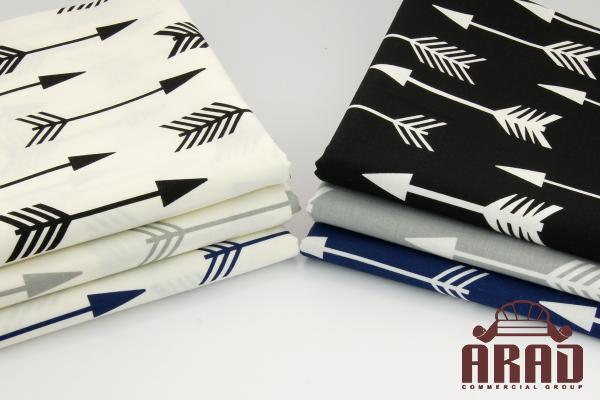
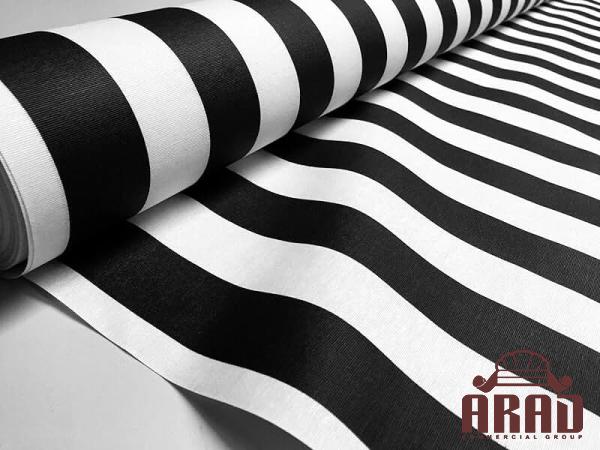
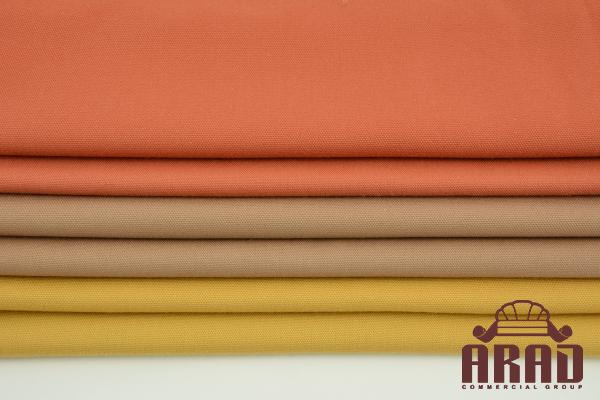
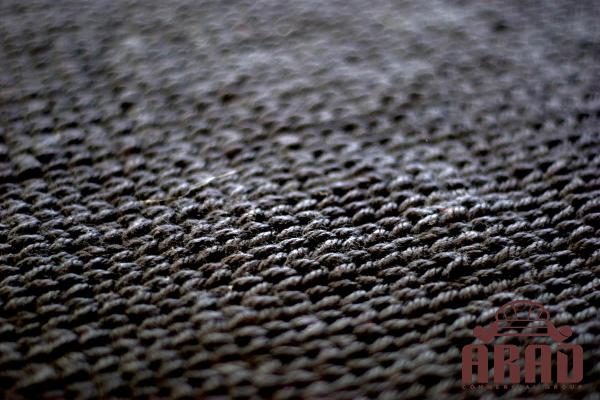
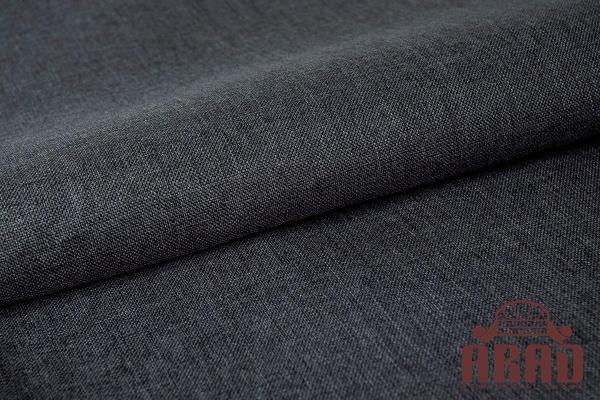
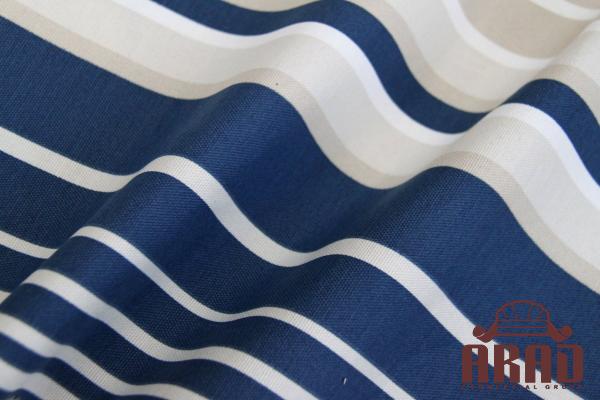
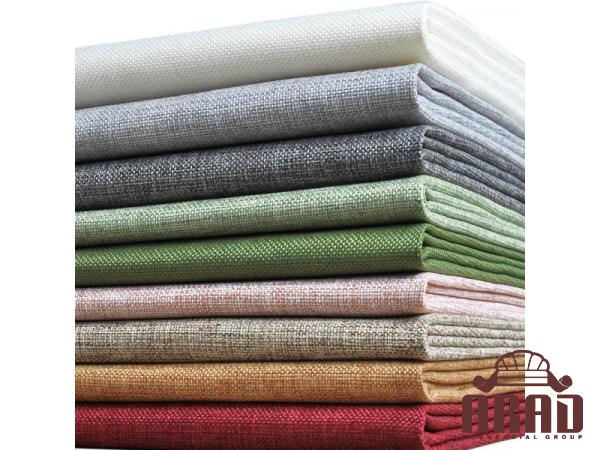
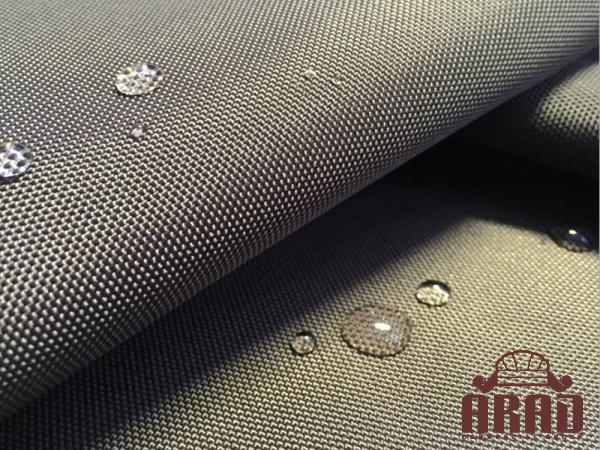
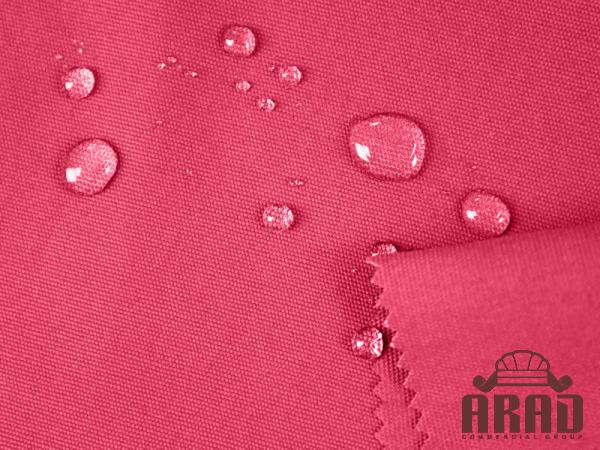
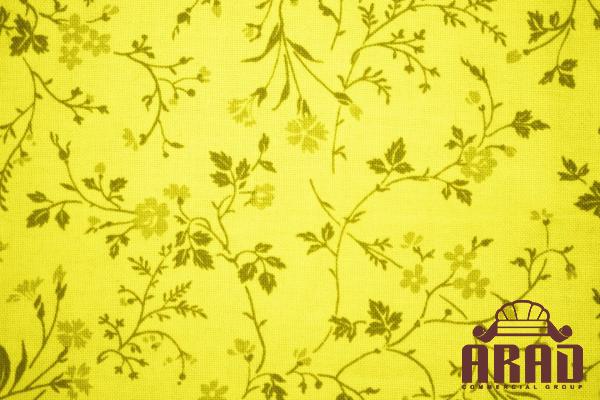
Your comment submitted.